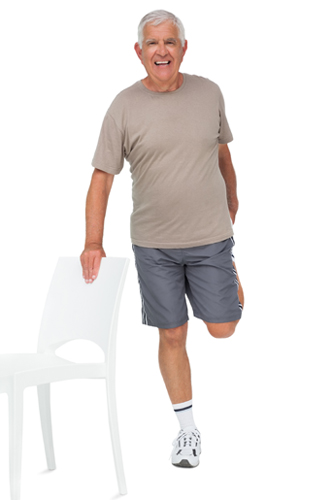Preventing Falls
September 21, 2020
According to the National Council on Aging (NCOA), every 11 seconds, an older adult is treated in an emergency room for a fall, and every 19 minutes, an older adult dies from a fall. Each September, NCOA focuses on ways to prevent falls, specifically with the older generation.
Falls are the leading cause of fatal and non-fatal injuries for older Americans. Falls threaten seniors’ safety, health, and independence. According to the American Occupational Therapy Association, the most common injury received during a fall in older adults is a hip fracture. Falls are also responsible for more than half of fatal head injuries.
The good news is falls are preventable. Start at home, and minimize items on the floor that can easily be tripped over. Make sure areas are well lit, add anti-slip material to the backs of rugs, and install grab bars in the bathroom.
Keep current on hearing and vision screenings as these are key senses in preventing falls. Individuals with vision problems are more than twice as likely to fall as people without any visual impairment. If there are concerns about losing balance, inquire about the different assistive devices such as canes, walkers, scooters, etc. that can provide support and balance, reduce pain, and increase confidence to keep physically active.
Physical Therapists provide an important role in both recovering from a fall should one occur, but also in preventing them. Physical Therapists are movement experts, so ask your medical provider about having a “fall screening” done to access areas of risk. Sharon Grassel, Manager of Rehab Services at Mille Lacs Health System, shares how MLHS can help. “Here at MLHS Rehab, we are able to help by assessing your risk and individualizing a plan for your fall prevention needs,” Grassel explained. “We are able to customize appropriate strengthening and balance exercises and educate you about your specific risk factors associated with falls. We work together with other health professionals to address underlying medical conditions to decrease your risk. We can help make your home as safe as possible and provide you with recommendations accessing community programs.”
Most importantly, keep up communication with family members and medical providers. Discuss medications (especially if on four or more) that unbeknownst to you, may increase the risk of falls, such as those that affect blood pressure and blood sugar.
